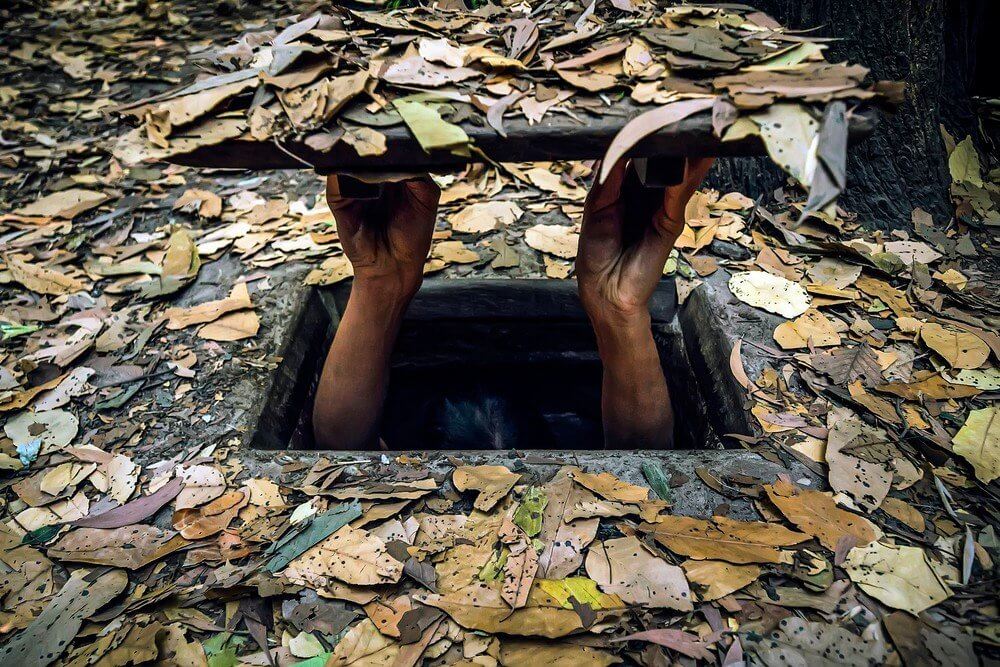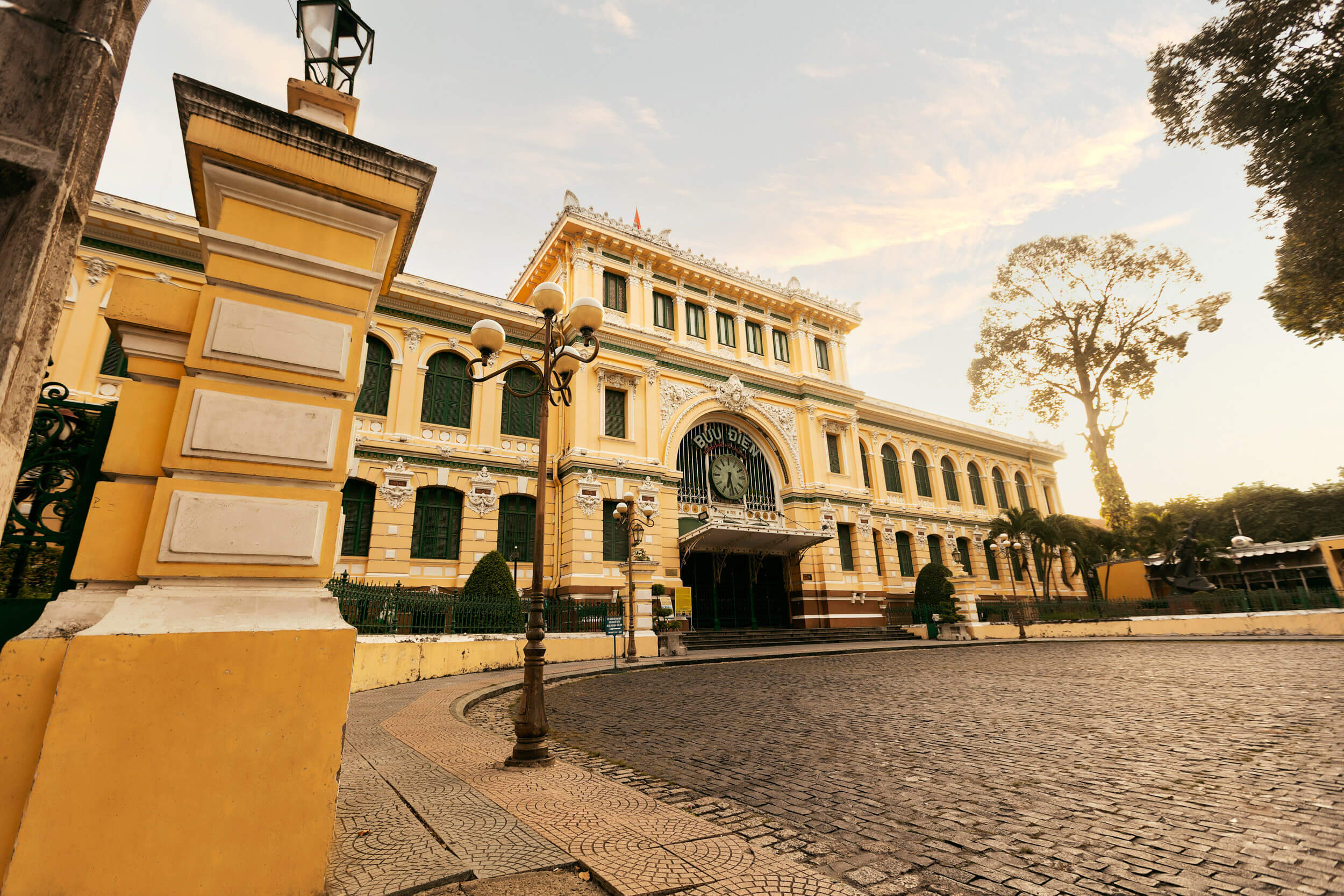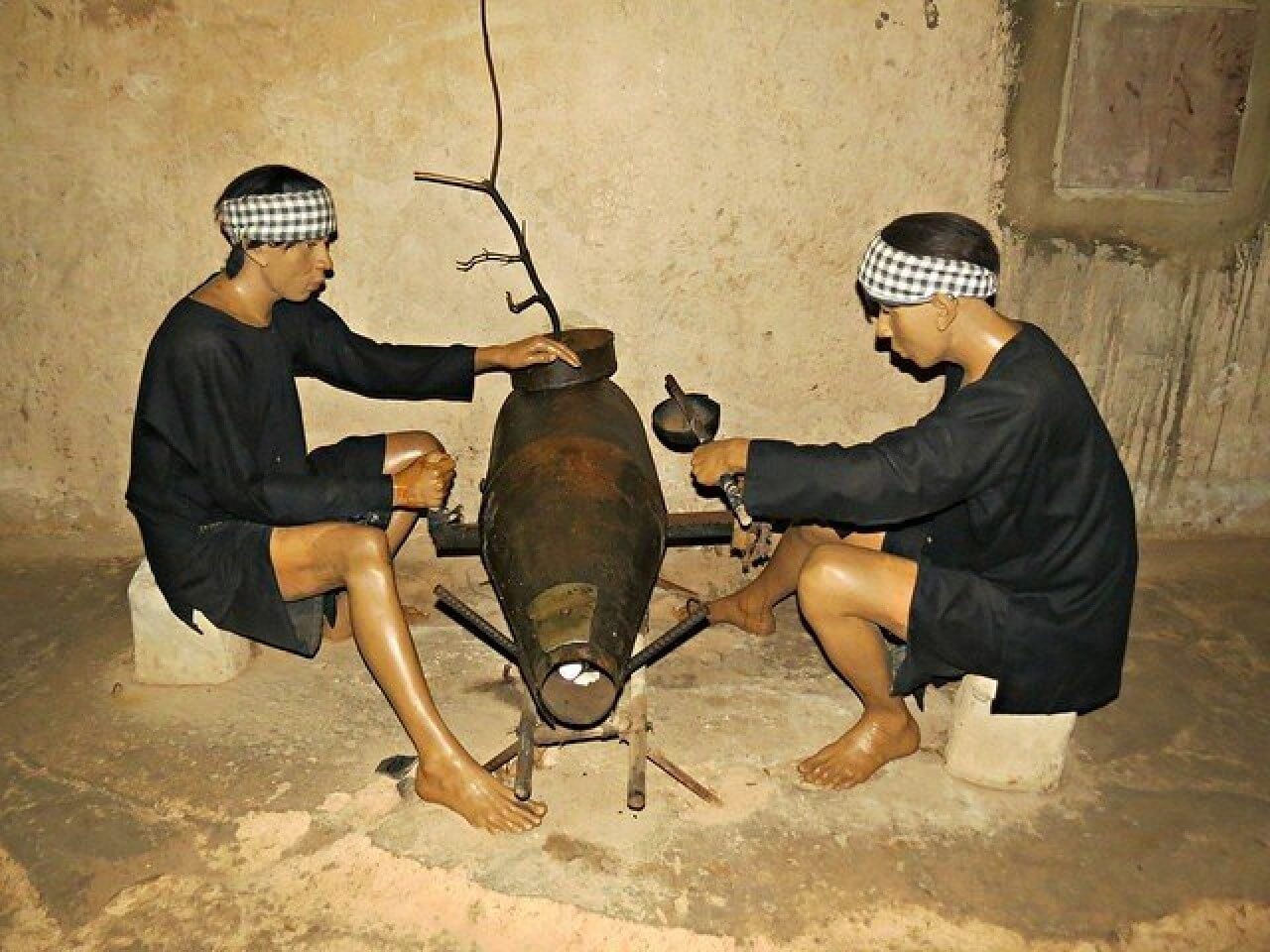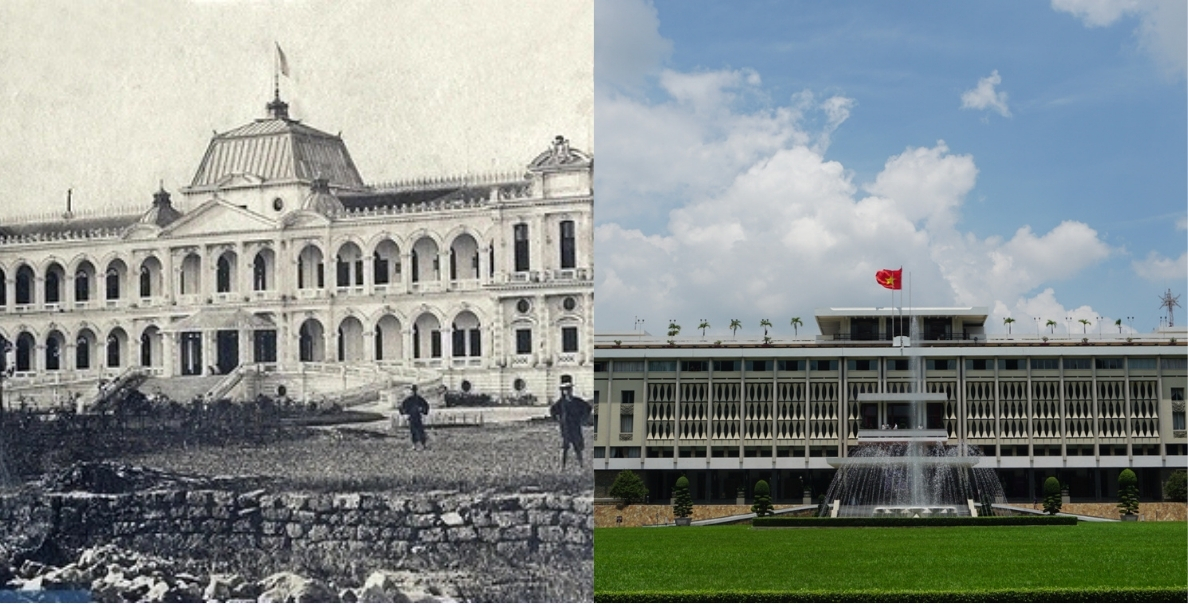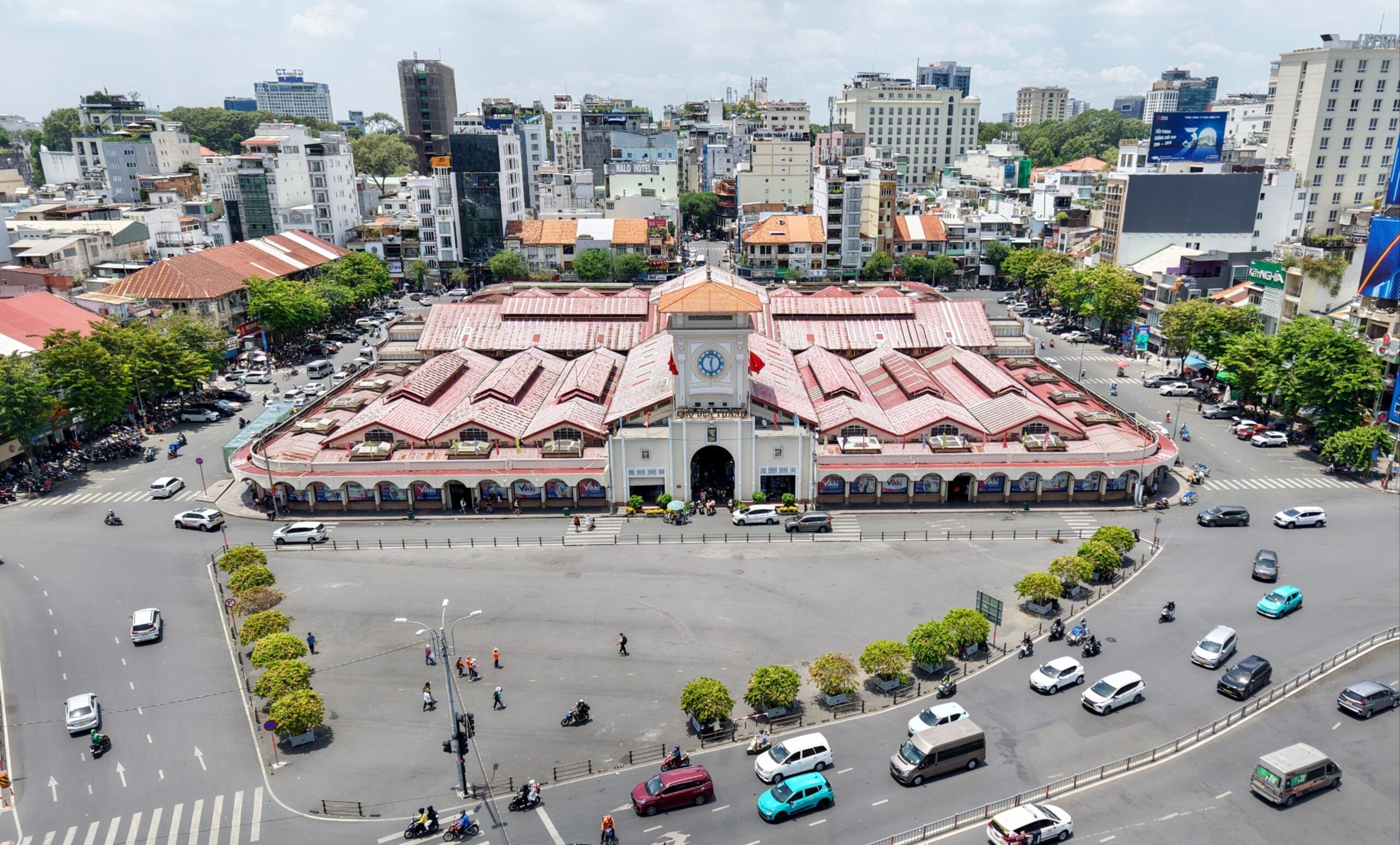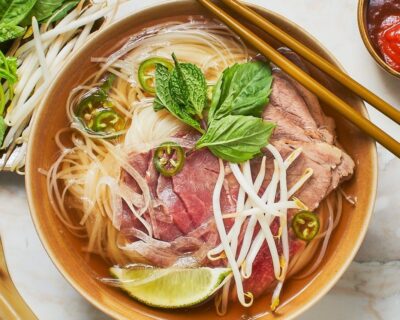
Pho – Everything You Need To Know
The complexity of simplicity
Traditionally, Pho noodle soup was eaten by Vietnamese people at any time of the day: breakfast, lunch, dinner, and night. Today, both locals and foreigners alike can be found hunched over steaming bowls of Pho at street carts throughout the night.
Despite its outward simplicity, Pho is underpinned by a complex arrangement of flavors and textures.
The best Pho outfits focus on creating a clear but flavorful broth. It’s harder than it looks: Pho cooks rely on a well-made soup stock and a cleverly formulated spice mix that primarily uses anise and cinnamon, with touches of cardamom, fennel, and cloves. Roasted onions and sliced ginger add a final, herbal top note to the soup.
Next come the noodles: freshly-made flat rice-flour strands that constitute the real bulk of the dish. The noodles play off the small amounts of meat – thin slices of beef, or springy meatballs – which are cooked separately from the broth and included at the last minute.
Finally, the fresh vegetable garnishes complete the ensemble, usually composed of Thai basil, green onions, cilantro, and bean sprouts.
You’ll find condiments served alongside your Pho, but these should be strictly optional – and for really well-made Pho, completely unnecessary. You may be tempted to season your Pho to taste before eating, but real Pho enthusiasts savor the broth before uncorking the fish sauce or squeezing that lime.
History of Pho
Up to now, there have been a lot of arguments about the history of Pho Vietnam. The most popular one believes that Pho Vietnam came out at the beginning of the 20th century. Some people think that Pho Vietnam came from Nam Dinh City (North Vietnam). Meanwhile, many people insist that Pho Vietnam appeared for the first time in Hanoi where this dish made a big reputation.

In terms of origin, there are two different opinions. The first one believed Pho Vietnam originated from a Cantonese food in Guangdong Province, China. The other opinion asserted that it was a successful variant of French beef stew which was combined with Vietnamese traditional herbs. Pho is also believed to be a variant of an old dish called “xao trau” – a simple dish made with slices of water buffalo meat cooked in broth with rice vermicelli. Despite such arguments, Pho was widely believed to appear to be a major part of the culinary life of urban people in the French colonial period.

Like Vietnam itself, Pho has undergone impactful changes. Privation during hard times resulted in meager bowls of soup hitting the streets. The most divisive shake-up occurred when Pho moved south along with millions of northerners following the partition of the country in 1954. Unshackled in this southern land of plenty, chefs started sweetening their broth and accessorizing with an array of herbs as well as additions such as hoisin and chili sauce. The main difference is the extra fixings of the southern version. Pho purists swear by the simpler Hanoi Pho, however, both versions are delicious.
Pho culture in Vietnam
1. Pho reflects the essence of Vietnam – an agricultural country
The main ingredient of Pho is the soft noodle which is thoroughly made from rice. Vietnam is an agricultural country for a thousand years; therefore, rice plays a vital part in the normal life of people as well as the development of the country. Eating rice and cuisines made from rice such as noodle soup (Pho), bun (Noodles), steamed roll rice pancake (banh cuon), and sticky rice cake (banh chung) becomes a highlight of Vietnamese cultures. In addition, Pho is a typical cuisine due to its purity and its harmonious harmony combination of many traditional ingredients which is characteristic of Vietnamese cuisine. Pho is also served with many special herbs which can be hardly found anywhere in Vietnam. Last but not least, when enjoying Pho people often drink some small cups of rice wine which is also a specialty of the agricultural countries.

What’s more, it’s the ritual thing that eating Pho in the early morning gets the foreign visitor to the groove of what Vietnam is about. Vietnam is a morning country. It’s also a country of hard-working farmers who wake up early in the morning to grow rice and contributing to the development of Vietnamese agriculture.
2. Vietnamese people eat Pho all day long
Thanks to its delicious taste, nutrition, and reasonable prices, Pho is a favorite of Vietnamese people all day long. Vietnamese people eat Pho as breakfast, enjoy Pho at noon, choose Pho as a snack after the hard working day, and drop in a small restaurant to enjoy a hot bowl of Pho with their friends when the night has fallen.
Pho is cooked and sold in every corner of Vietnam. From the busy city to a peaceful village can you find a vendor of Pho. Pho is served in both luxury and mediocre restaurants. In addition, it’s easy to find countless vendors and food stalls serving Pho along the street and even in the commercial buildings. In big cities like Hanoi, Ho Chi Minh City, and Danang there are a great number of open-air storefronts along the street selling Pho from the early morning until midnight. They often sell Pho to the middle night to serve some workers coming home late at night.
Vietnam is the rising star with the economy that used to be described by Bloomberg as one of the fastest-growing markets in the world. As a consequence, the number of businessmen businessman and busy people increases quickly and steadily. To save time and stay healthy, those people often drop in the nearby restaurant to have lunch and many of them choose Pho. This fact opens more and more opportunities for Pho vendors to develop and meet the growing demand.
3. Pho is considered the culinary rhythms
It’s not a coincidence that people call Pho the culinary rhythms of Vietnam. Behind its special name is a story. In the past, in some small cities and little towns town, you also can find some people carry on their shoulders “a small restaurant” full of things to serve Pho. Now, people often use vendor trolleys. To notify people of their appearance, those food vendors often make the street cries and make the sound “Clang, Clang”. Such normal sounds have imprinted in the mind and soul of many people and reminded them of the home country.
4. Pho helps people warm up on the cold days
In a tropical monsoon climate like Vietnam, the best time to enjoy a hot bowl of Pho is the morning or at midnight. If it happens to you to travel to Vietnam from the end of October to the beginning of April, don’t forget to visit Hanoi to enjoy the cold of this city. Then, take a seat near the warm flame and slurp the noodle which is hot, a bit chilly to warm you up. This experience will be memorable and helps you to understand more about the lifestyle of the people in Hanoi.
5. Pho helps people feel better when they’re sick
As mentioned above, Pho is a harmonious harmony combination of many traditional and healthy ingredients. The noodle made from rice is a good source of carbohydrate. In addition, the broth made by simmering the bone of beef, chicken or pork is good for health. Especially, Pho is served with many fine herbs which are proved to be able to of helping people feel better such as ginger, mint, and spring onion.
Pho is the essence of Vietnamese traditional cuisine. It not only contributes to the abundance of Vietnamese cuisine but helps many of Vietnam people to make money. Besides, Pho is also a pride of the Vietnamese people. Nowadays, the Vietnamese have introduced Pho to global friends and brought Pho into the world.
Types of Pho in Vietnam
Pho is far more wonderful dishes made from Pho noodles than you may think. Over the years of development, today Pho Viet has become the “family” with about 40 different Pho members. These type Pho below will show you typical Pho from different geographical place in Vietnam
Pho Bac (Northern Pho)
Primarily, Northern Pho has an intense and delicate flavor due to its clear and simple broth. Besides the beef bone, anise, cloves, and cinnamon harmonized into one subtle undertone flavor, Hanoians prefer eating Pho tai (rare beef)—Pho served with thinly sliced rare beef cooked quickly in the hot broth.
Condiments such as green onions, thinly sliced white onion, chopped cilantro, or mint are put on top rather than served alongside.

Pho Nam (Southern Pho)
In Southern Vietnam, with its abundant produce, herbs and other ingredients are used liberally in cooking. The Southern Pho is often served in bigger bowls, with loads of garnish — mint, cilantro, rice paddy herb, sawtooth herb, bean sprouts, lime, chili, basil, and hoisin sauce, for instance. The broth is even prepared with other ingredients such as chicken or tripe.

While Hanoians prefer a dish with a broth-based soup, Saigonese is much likelier to prefer a well self-seasoned one, using hoisin sauce, Thai basil, veggies, lime, green onions, mint, cilantro, and bean sprouts, and the optional chili or sriracha sauce to enrich the broth’s flavor.
Pho Ga (Chicken Pho)
If you are looking for a lighter version of Pho, go for Pho Ga. This dish is said to have emerged in the 1930s in response to a government ban on slaughtering cows. Over the years it was finally recognized as one of Vietnam’s specialties. Nowadays, many eatery shoPhouses serve Pho Ga exclusively.
The broth is clear, light, and gently flavored with a slight pepperiness. It is not particularly fragrant, relying on the condiments and herbs for the complexity of flavor. Each bowl is served with a little plate of Thai basil, curls of shredded morning glory, and bean sprouts.

Pho Xao (Stir-Fried Pho/Stir-Fried Flat Rice Noodles)
At first sight, it is a simple dish, made from fried rice noodles with beef, loads of oyster-like bean sprouts, onions, and spring onions. Dark soy sauce is added to give the noodles their attractive and intense brown color. What makes this simple dish stand out is probably the smoky flavor. To get that special flavor, the dish needs preparing in a very hot wok by a skilled cook. In case you don’t want beef, there are also options with chicken or shrimp and even pork.

Pho Cuon (Rice Noodle Roll)
Pho cuốn is probably a perfect choice if you are on a diet. It is considered the healthiest option among all types of Pho and became a part of Hanoi cuisine in the last two decades.
In order to make Pho Cuon, Vietnamese people use uncut sheets of Pho noodles to roll with beef, lettuce, and other spice veggies. A highlight of Pho Cuon is the light sauce made of fish sauce, vinegar, sugar, garlic, and chili served alongside.

Pho Chien Phong (Deep Fried Pho with Beef Sauce)
The Pho most favored by foreigners is probably Pho Chien Phong, which looks like piles of fried pillows topped with saucy meat and greens.
Small stacks of Pho noodles, which are slightly larger than a postage stamp, are tossed in a wok with bubbling hot oil until they transform into golden and crispy cushions. These cushions are then scattered on a plate and smothered in a thick sauce, fried beef, green broccoli, or lettuce. The crispy crunch of fried noodles, a brittle of beef, the natural sweetness from veggies, and the tasty sauce make this a memorable experience

Pho Chua (Sour Pho)
Not complex or classy, this dish captures the different cultures of Northern Vietnam. A delicious bowl of Pho chua contains six main ingredients: noodles, sour sauce, pickles, peanuts, and Northern sauce. For delicious noodles, choose the “pink rice” which is mostly planted in the Northwest region. The sour sauce is taken from the pickle jar.

Pho Kho Gia Lai (Dried Rice Noodle, a specialty of Central Vietnam)
Pho Kho represents the essence of the culinary culture of Gia Lai Province in the Central Highlands of Vietnam. The difference of Pho Kho is that the rice noodle and broth are served separately. The rice noodle is thinner and longer. When put into the boiled water, the rice noodle is a bit tender instead of being soft and soggy like other rice noodles. There are two main types of Pho Kho including chicken dried noodles and beef rice noodles. Chicken dried rice noodle is served with shredded chicken meat, stir-fried chicken giblet, chopped fired pork, and pork rind.

Pho tron (Rice Noodle Salad)
Flat rice noodles, a pork chop, herbs, peanuts, and dried scallions are added to a bowl before a spoonful of sour sauce is sprinkled on top, giving this dish an extraordinary taste. The sauce is the key ingredient: no rice noodle salad is complete without it. That’s why vendors distinguish themselves by owning a “secret” recipe. It is likely you’ll never experience the same flavor of this dish in Hanoi.

Pho Burger
A Pho option for fast-food lovers. Eat it like a burger but get the taste of Pho. Burger Pho is made with deep-fried rice-noodle buns, Vietnamese-style coleslaw, and juicy fried beef. The side servings are a fragrant Pho stock with strong notes of roasted small spring onion, along with a dipping bowl of Hoisin and Sriracha sauce.

Pho + Burrito = Phorrito
Phorrito gives Vietnamese food a Mexican twist. Made with thinly sliced rib-eye steak, bean sprouts, cilantro, onions, Thai basil, jalapeño, lime juice, and Pho noodles, the burrito is wrapped in a large flour tortilla and served with sriracha and hoisin sauce. It tastes surprisingly like a bowl of Pho.

Pho Pizza
An interesting harmony of Italian and Vietnamese cuisine, Pho pizza with its crispy base is made with deep-fried rice noodles topped with stir-fried beef and veggies. Sprinkle some pepper, fried shallots, and chili slices on top and that’s it. Pho pizza best served while it’s hot and the base is still crispy.

How to eat Pho like a Vietnamese
Pho is difficult for Westerners to say correctly because of the tone, the best way to pronounce Pho for foreigners is “fuh“. Luckily, pho is easier to eat than to pronounce.
When the pho arrives, take your chopsticks in your dominant hand and the soup spoon in the other. If you can’t use chopsticks, you can eat Pho with Western Manners by asking restaurant staff for a fork to replace chopsticks. Then you can eat Pho like eating spaghetti and use a spoon for enjoying broth.
Start with the broth: sip it and take in the deep, rich flavors of the meat that’s been boiled into every drop of the stuff. The aromatics come next: the star anise, ginger, and cinnamon should saturate your nostrils as you sip the hot liquid.
Sample and season your broth. When your pho hits the table, the first thing you’ll want to do is sample the broth. If you find the broth needs a little more flavor, you can add some fish sauce, a common pho condiment, to it.
Add the vegetable garnishes with your chopsticks, and push the greens to the bottom of the bowl to cook them slightly in the heat. Don’t put the leaves in whole: tear them into pieces before adding them in.
Source: journeyonair.com; citypassguide.com








